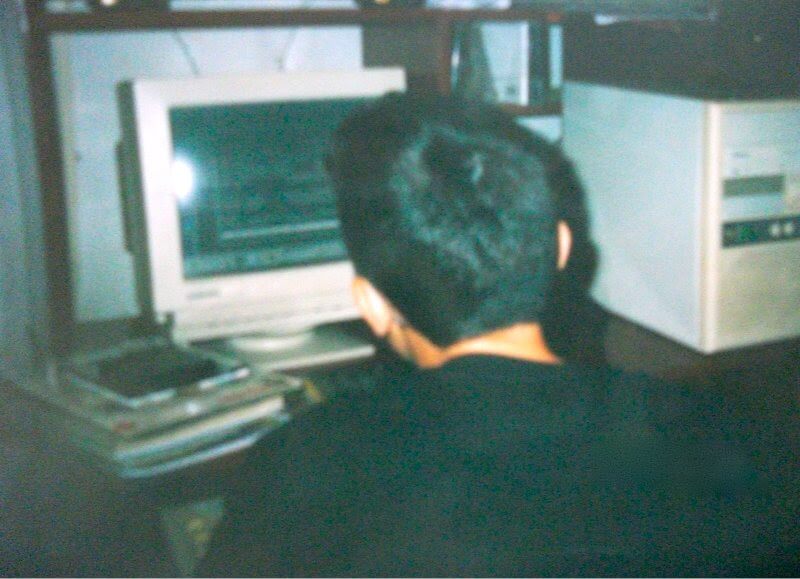Beginning

I learned electronics long before I knew how to read, through my father’s books and magazines on the subject. I would spend entire afternoons without really understanding what the diagrams meant.
However, I felt that I wanted that for the rest of my life and loved it from the bottom of my heart.
My first contact with programming and computers was when I was 8 years old. At the time, the school I attended received some donated computers. How I used to stand out in drawing electronic circuits in my notebook instead of learning my native language, I was chosen to take a course in the LOGO language. This language was created to teach programming to children. At in time, I also learned BASIC.
After that, years passed, and coming from a poor family, it took a while for me to have a computer at home. But when I finally got one, the first thing I did was install Linux on it. The distribution I chose was Slackware. At the time, I wanted to be a hacker, and I was told that I should learn C. So, I spent a good amount of time studying it. Later on, my focus shifted towards game development. I spent years writing a C++ 2D engine based on SDL, boost, OpenGL, OpenAL, and Lua for scripting.
I participated in groups and made numerous friends in the game development field. However, as I got older, my parents started pressuring me to get a job. I distributed my resume throughout the city. I hoped to get a job as a hardware maintenance technician. But someone at a company saw my 2D engine, called Wintermoon, on my resume and invited me for an interview. That’s where it all began. During the interview, I presented the code and showed a demo, and I was hired on the spot. This story was just the beginning of my journey.

Past
Since then, I have worked at various startups, some of which are now unicorns, and I have also collaborated with global brands and Fortune Global Top 500 companies.
Now
